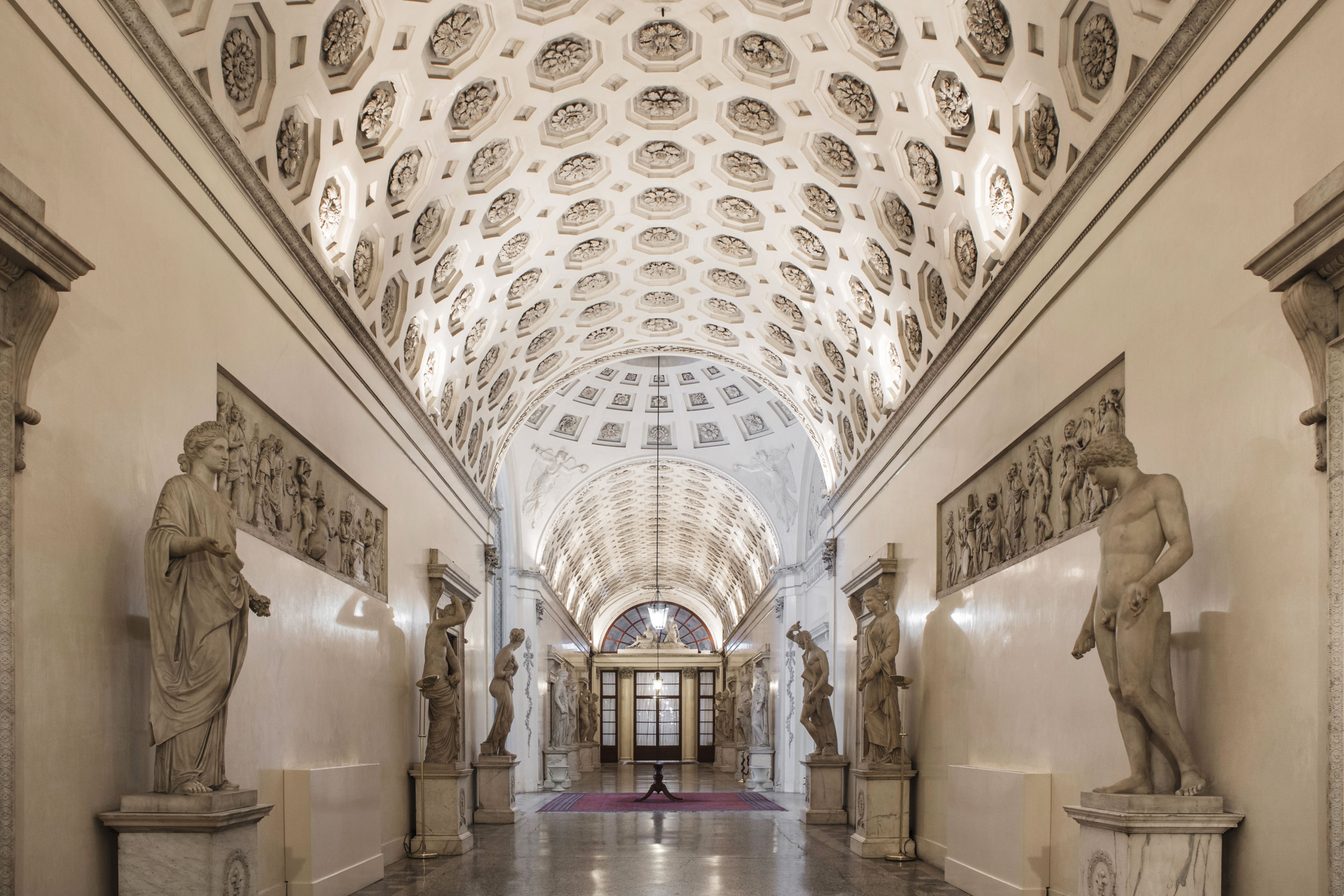



Ducale Palace in Lucca is located in "Piazza Napoleone". It was also called Palace of the Illustrious Lords, the Main Palace of the Serenissima Republic of Lucca, while today it is also known as the Province.

Until the advent of the lordship of Castruccio Castracani, the seat of the government of the Republic was located in Piazza San Michele. Castracani had the vast Augusta Fortress built, inside which he placed his residence, quarters for the soldiers, ammunition depots, etc. Traditionally the Augusta project is attributed to Giotto. The huge complex, which covered about a fifth of the city, was destroyed by popular acclaim in 1370, after Emperor Charles IV of Bohemia had given the Republic his freedom.

The demolition of the Augusta had to concern the military structures and not the Palace, in fact the government took as its headquarters a building that was located in the Augusta perimeter. With the new lordship of Paolo Guinigi a fortress was built again around the Palace, called the Citadel of Lucca. In 1430, after the fall of Paolo Guinigi, the Citadel was also dismantled, but also in this case the restored republican government decided to continue to have its headquarters in the Palazzo that once belonged to Castruccio. The Palazzo Pubblico, in the 15th and 16th centuries, grew without a precise design with the progressive addition of new buildings to the Palazzo formerly owned by Castracani and Guinigi. In the structure there were the premises of the parliament and the government, the soldiers' quarters, the armory, the powder magazine, the prisons and all the service buildings (the gonfalonier and the government college lived in the Palace and therefore needed servants, kitchens , stables, etc.).

In 1586 the powder magazine exploded, causing serious damage to the complex. This event led the Republic to ask for the intervention of the famous Florentine architect Bartolomeo Ammannati who was responsible for the first organic project which was only partially completed. After being the seat of the Duchess of Lucca, it was the seat of the state government until the annexation to the Grand Duchy of Tuscany (which took place in 1847), then passing to the province of Lucca.

The large building dominates the west side of Piazza Napoleone and owes its present appearance first of all to the renovation by Bartolomeo Ammannati in 1578, on the left side up to the central door, including the loggia with the serliane; the right wing was added only in 1728 by Francesco Pini, a pupil of Filippo Juvara, who links up with the previous architecture, emphasizing even more the monumental character of the building. In the first half of the nineteenth century, at the time of the Duchy of Lucca, it was further enriched by Lorenzo Nottolini.
Ducale Palace - Palace of the Illustrious Lords
Address: Cortile Carrara, 1, 55100
Phone: 05834171
Site:
https://www.palazzoducale.lucca.it/Location inserted by
Maurizio Marco Tozzi